Lexus has confirmed shock new details of the all-electric LFA successor it is preparing for launch by 2030, including features such as a race-bred chassis, electronic steering - and a manual gearbox.
Originally shown as part of the unveiling of 15 new Toyota and Lexus EV concepts in 2021, the supercar will be one of a range of new EVs launched by Lexus as it ramps up to phasing out combustion.
While the supercar – known for now as the Electrified Sport concept – is outlandish by definition and unlike anything Lexus has produced to date, chief engineer Takashi Watanabe said “it is meant to become reality” and his team is working on adapting it for production, although he stopped short of revealing a launch date.
Unlike the majority of the supercar’s volume-friendly range-mates due over the coming years, which are all set to use a variation of parent company’s e-TNGA EV platform, this new supercar will be built around a much more radical and highly bespoke structure more familiar from GT3 race cars - which will allow it to accommodate a raft of unique and advanced technological features.
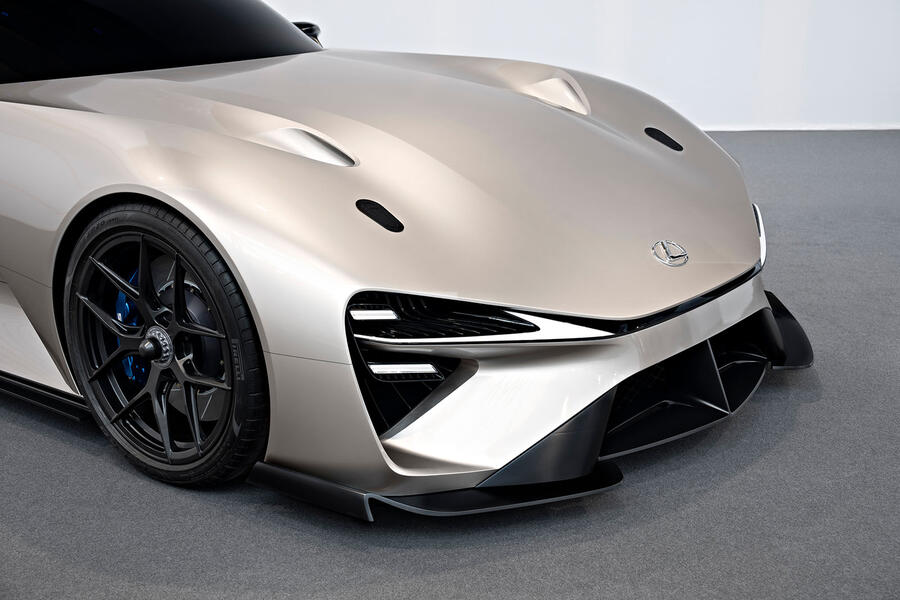
Most notable among these is a manual gearbox, the likes of which so far has not appeared in a production EV - given the flat torque curve of a conventional motor, which negates the need for separate ratios, or the need for a human driver to select them.
But Lexus says a ‘DIY’ gearbox is an integral part of an enthusiast-focused drivetrain, and given the brand’s commitment to developing engaging driver’s cars in the electric era, it is evaluating the feasibility of integrating a manual into “some of our future BEVs”.
The idea was hatched by a group of “reckless engineers”, according to Watanabe, who were keen to replicate the driving dynamics of a conventional sports car in an EV format.
They have already fitted a manual six-speed gearbox into a Lexus UX 300e crossover as an early proof of concept. The prototype has a clutch, a rev counter and mimics the sound of an engine revving as it gathers speed. It even has a bespoke accelerator map to more closely mimic the behaviour of a combustion drivetrain, and – Watanabe points out – it can be stalled.
It apes many of the driving characteristics of a petrol-powered manual car as a result, Watanabe says, “but no smell”.
Toyota filed a patent for an EV-specific manual gearbox design last year, but until now has not spoken publicly of plans to productionise the technology. Manual EVs launched so far are limited to Opel’s one-off Manta GSE Elektromod and a Ford Bronco restomod from US firm Zero Labs, but Lexus could be the first to install a manual in a production car.
Lexus also highlights that the supercar will feature brake- and steer-by-wire technology – as pioneered by the Lexus RZ 450e crossover – which will allow for “new levels of personalisation” when it comes to configuring drive modes for different environments. Meanwhile, power will be sent to all four wheels using a version of the brand’s innovative Direct4 four-wheel drive system, which enables torque vectoring between the axles in pursuit of improved agility.
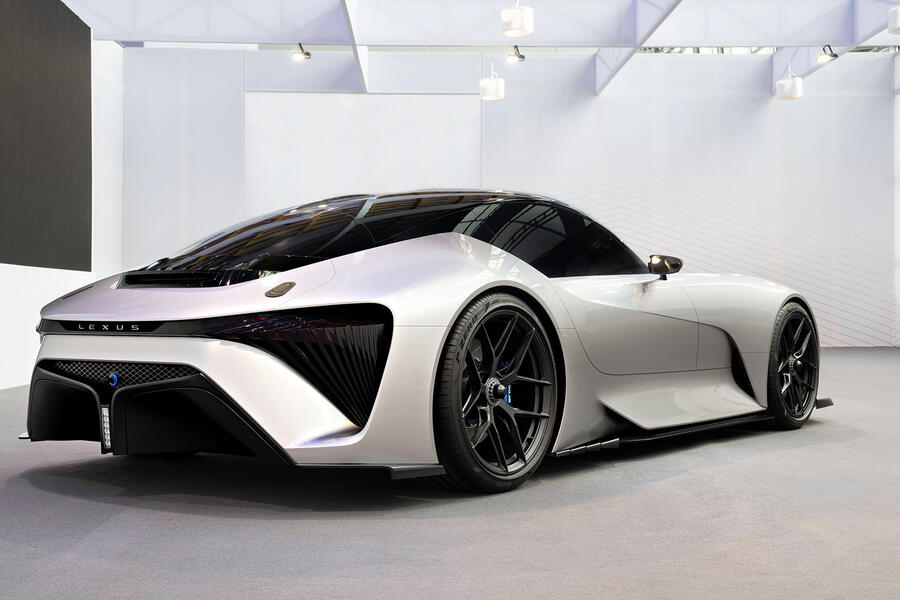
At the heart of the Electrified Sport is a race-inspired monocoque chassis based on that underneath Toyota’s GR GT3 track concept, revealed earlier this year, which has also influenced the aerodynamic-enhancing bodykit and will inform the development of various cooling systems.
The production car will, as with the road cars from Toyota’s Gazoo Racing performance division, be engineered and designed with dual input from the company’s race and road engineers.
Lexus is targeting a 0-62mph time in "the low two-second range" and a range of more than 435 miles.
Lexus will offer an EV in all segments by 2030, by which point it will sell only electric cars in China, Europe and North America, and in 2035 it will end ICE car sales altogether.
The concept is described as "a battery-EV sports car which inherits the driving taste, or the 'secret sauce', of the performance cultivated via the development of the LFA".
Experience gained from developing this car will extend to other future Lexus EVs as part of a move to emphasise the Japanese brand's dynamic focus.
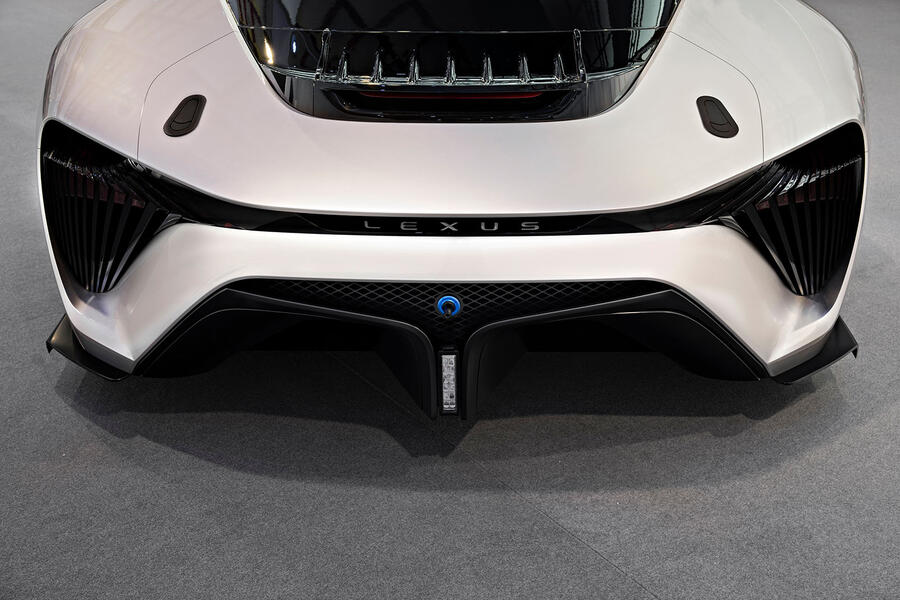
"The endless pursuit of the Lexus driving signature will move to the next stage through development of the new sports battery EV," said Lexus's chief branding officer, Koji Sato. It will be a model, he said, that "symbolises the future of the brand".
The concept bears minimal resemblance to any Lexus model currently on sale, with a long bonnet (despite its lack of an engine) lending itself to a distinctive cab-rear silhouette. It's clearly a hardcore proposition, with low-profile tyres, a prominent aerodynamics package, gaping air intakes and even a red tow strap at the front, hinting at its intended track use billing.
The supercar concept has been earmarked as a possible early recipient of solid-state batteries, which parent company Toyota recently revealed plans to install in production EVs from the middle of the decade.
Before that, however, the firm will deploy solid-state batteries in hybrid cars, which will allow it to "test and evaluate the technology" before rolling it out to pure-electric equivalents.


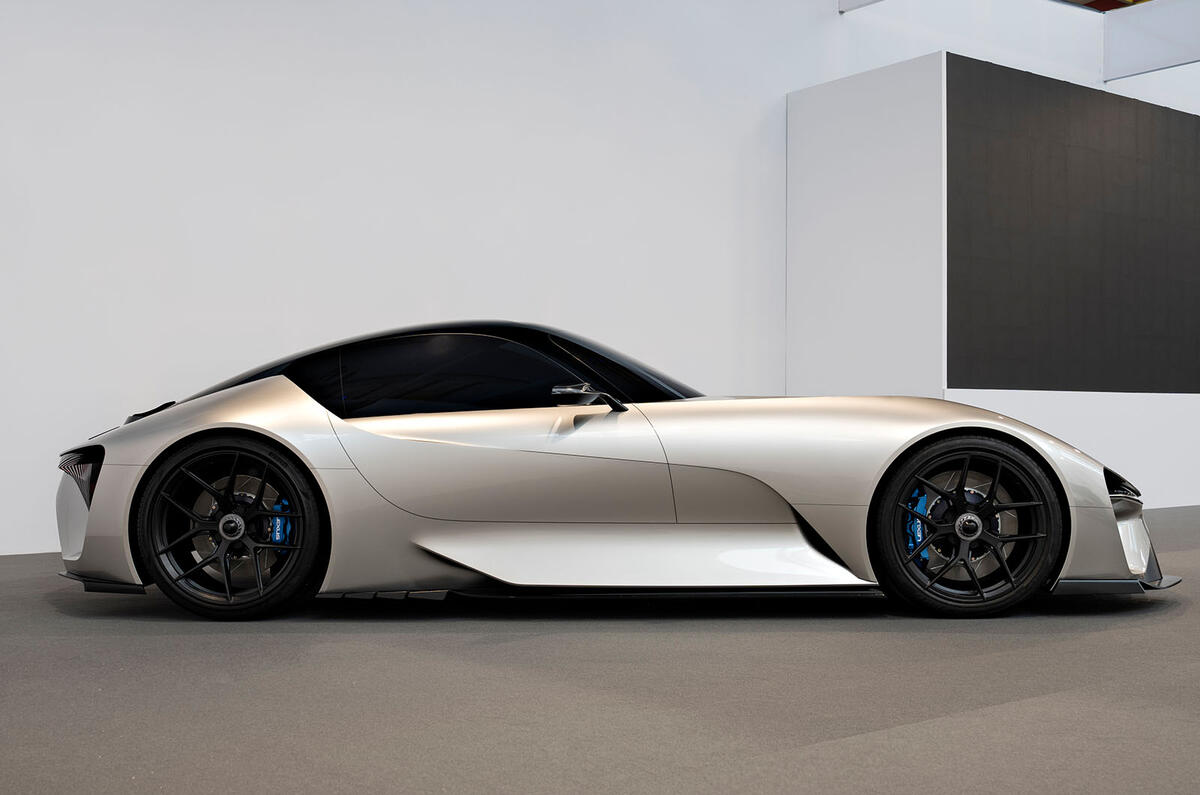
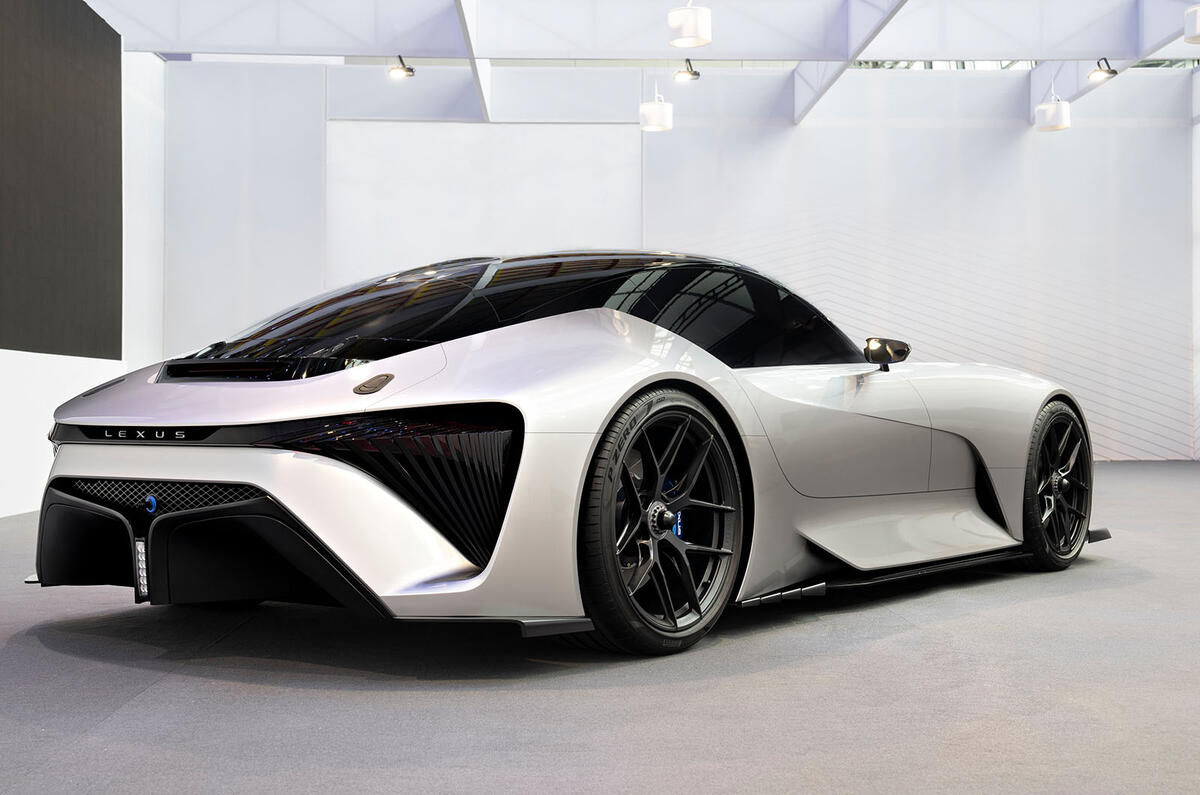
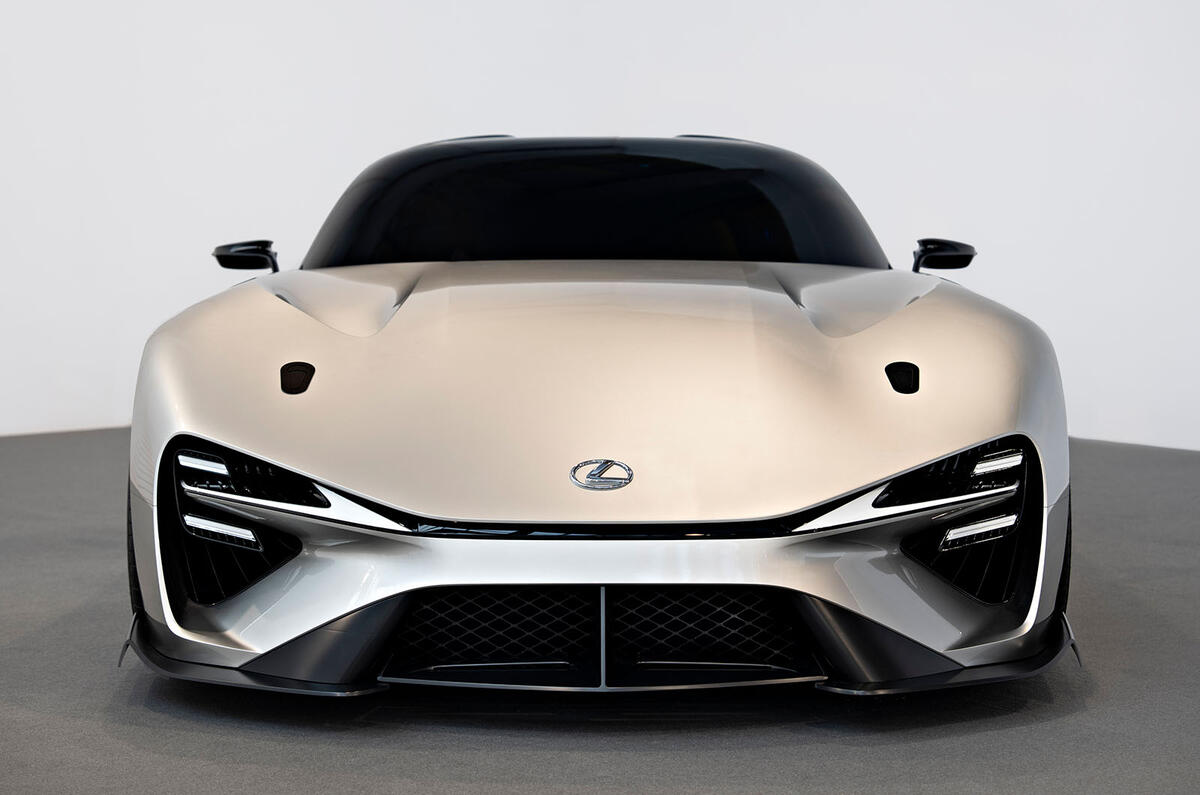
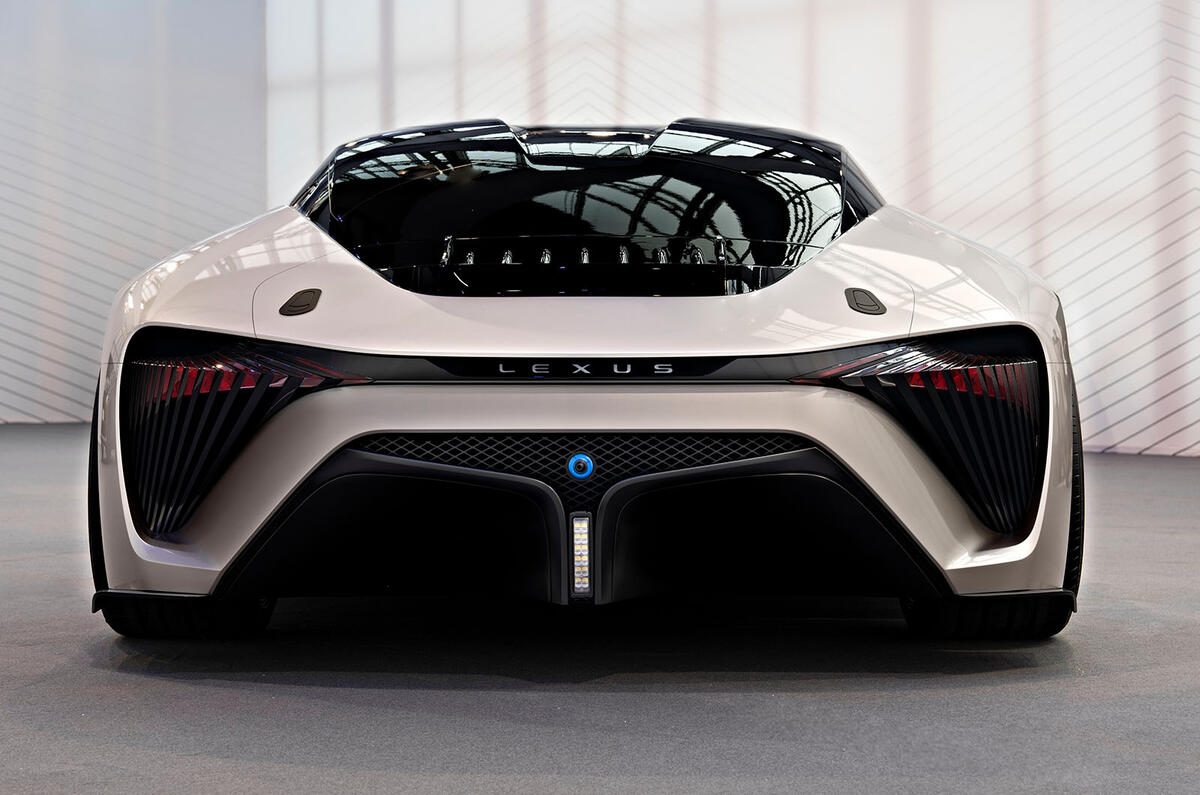

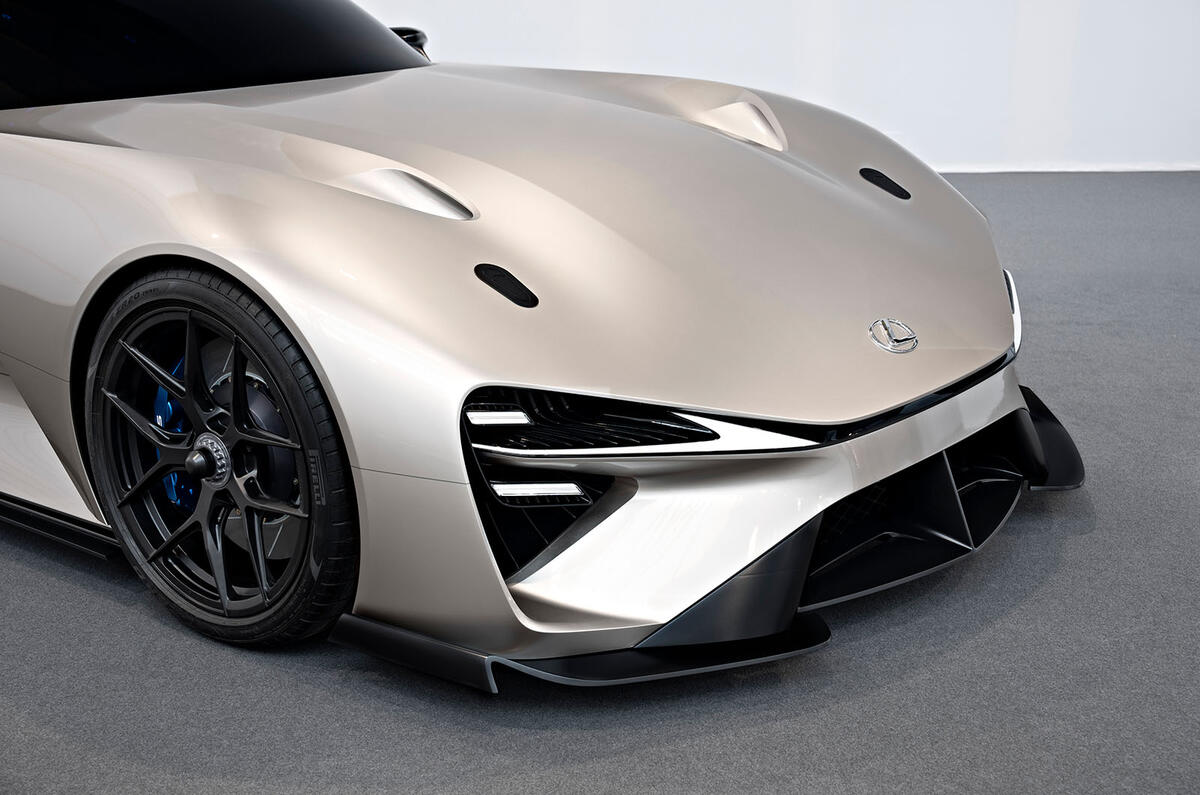

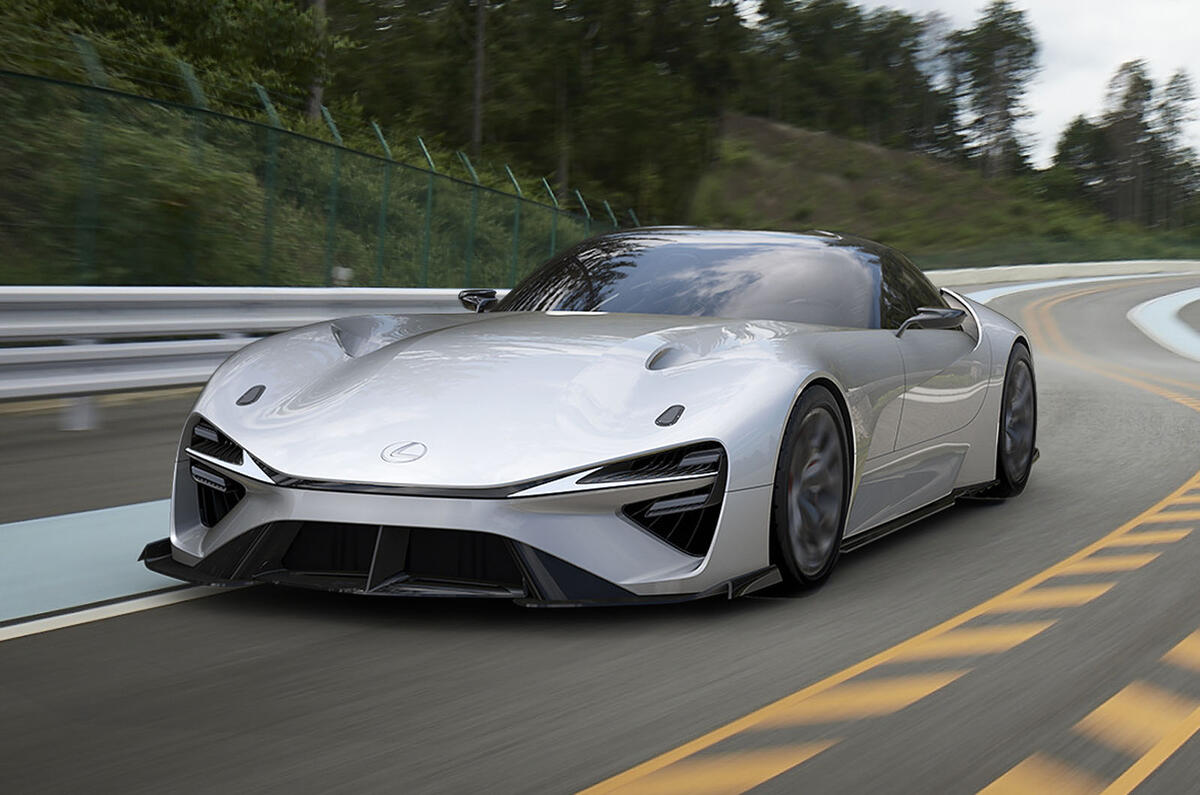
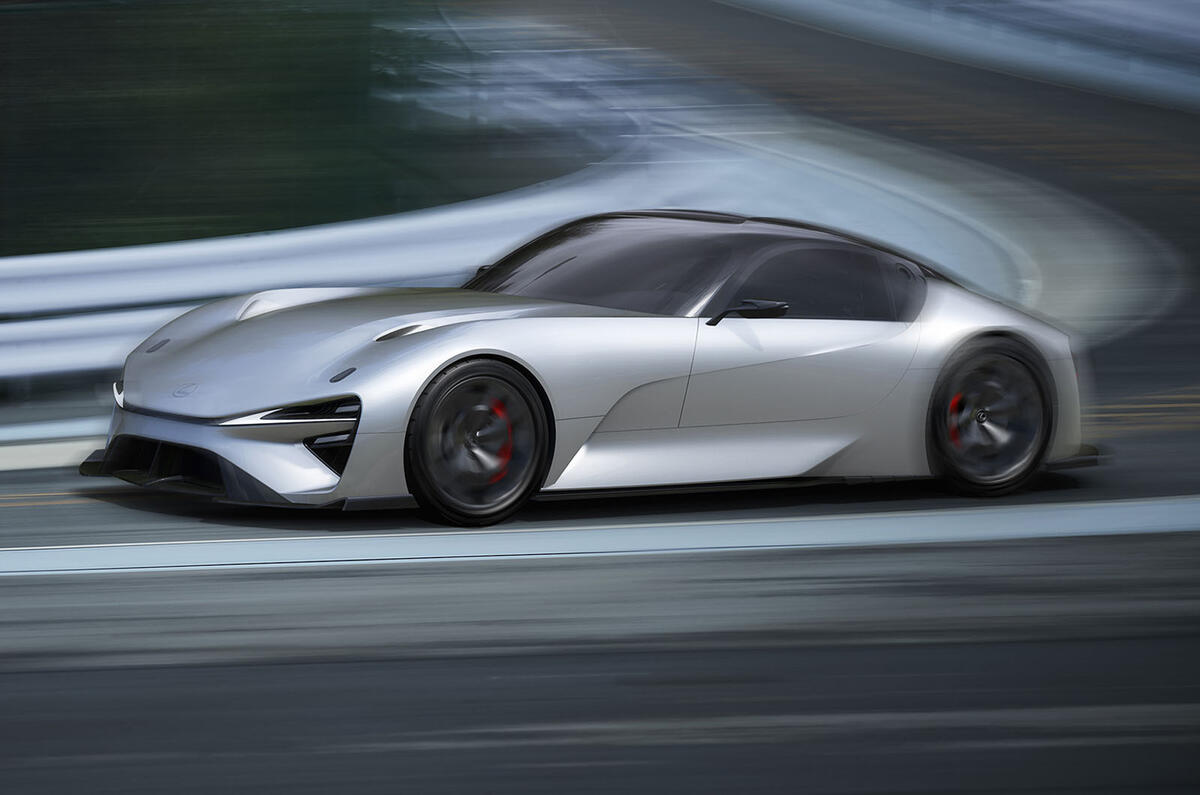
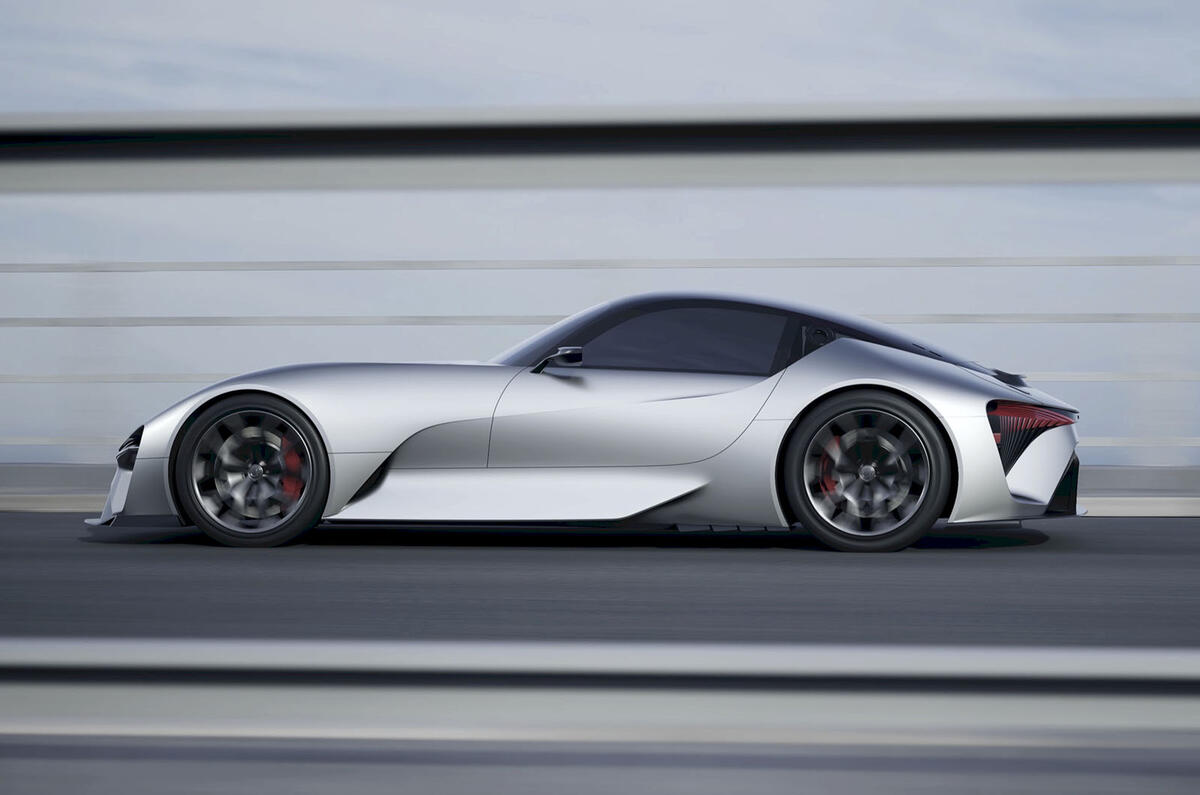
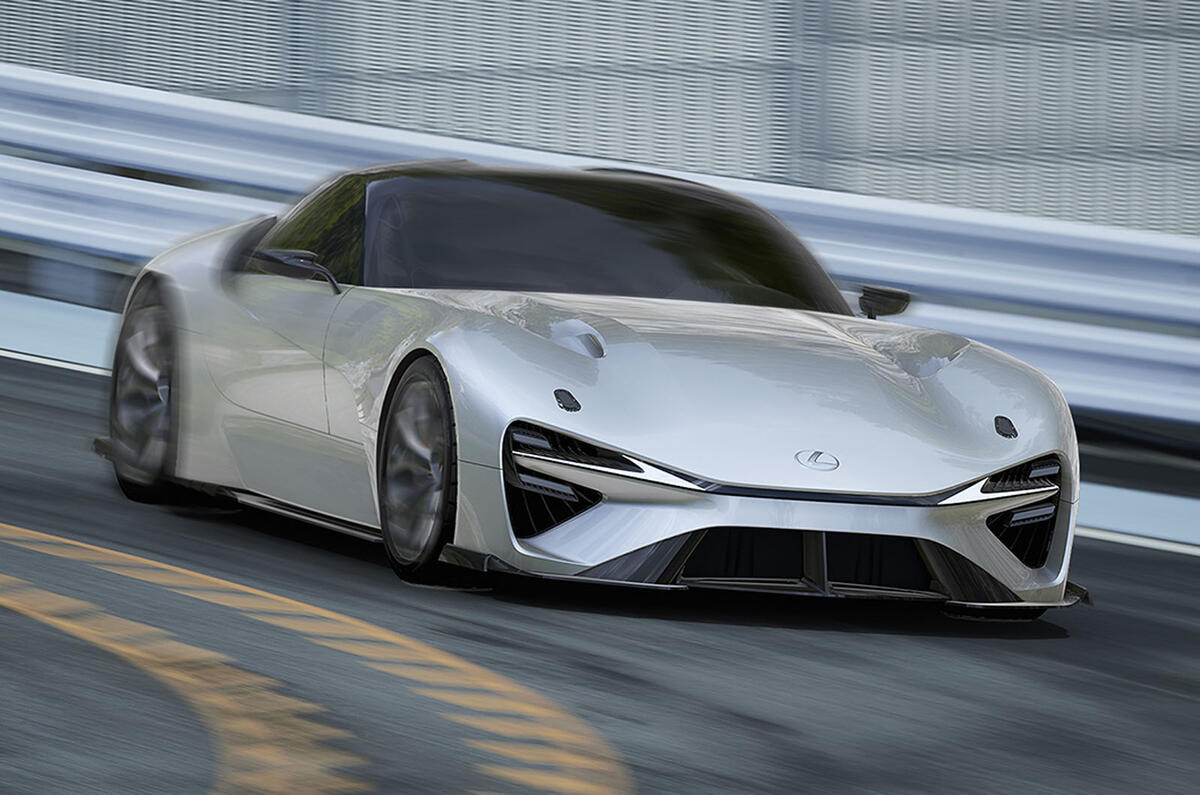
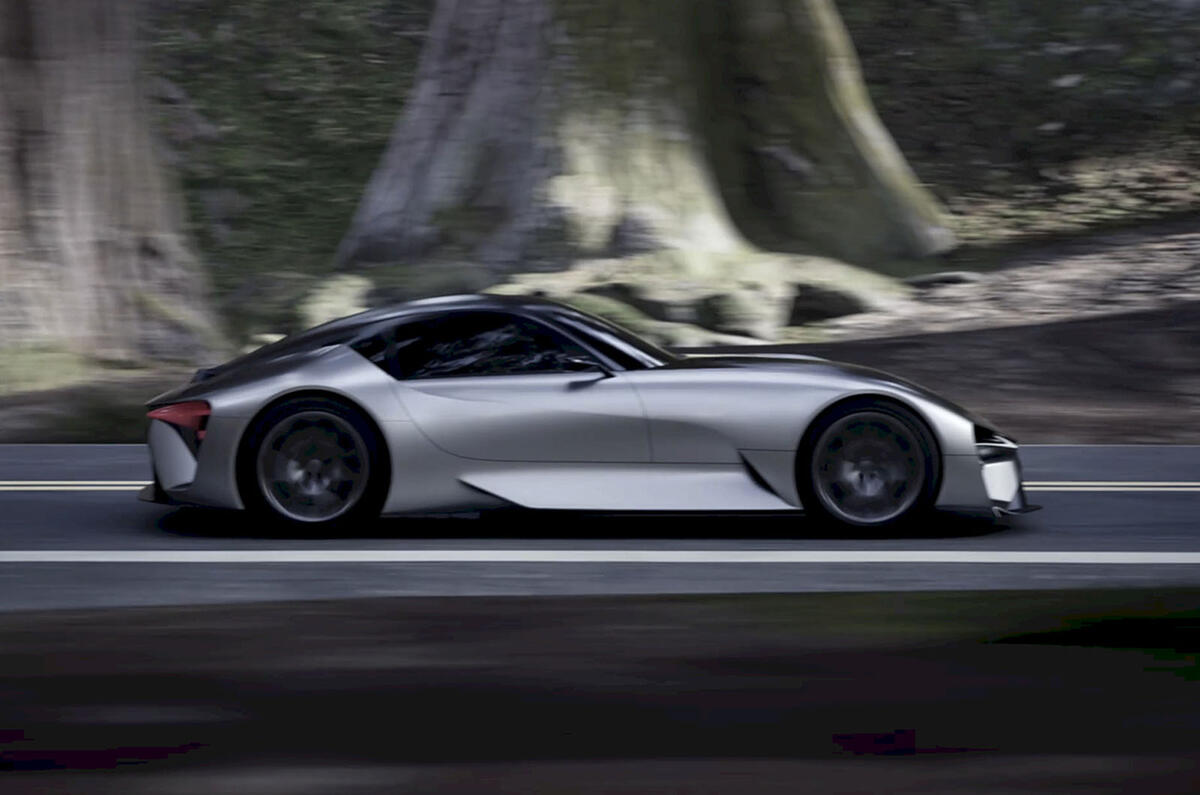
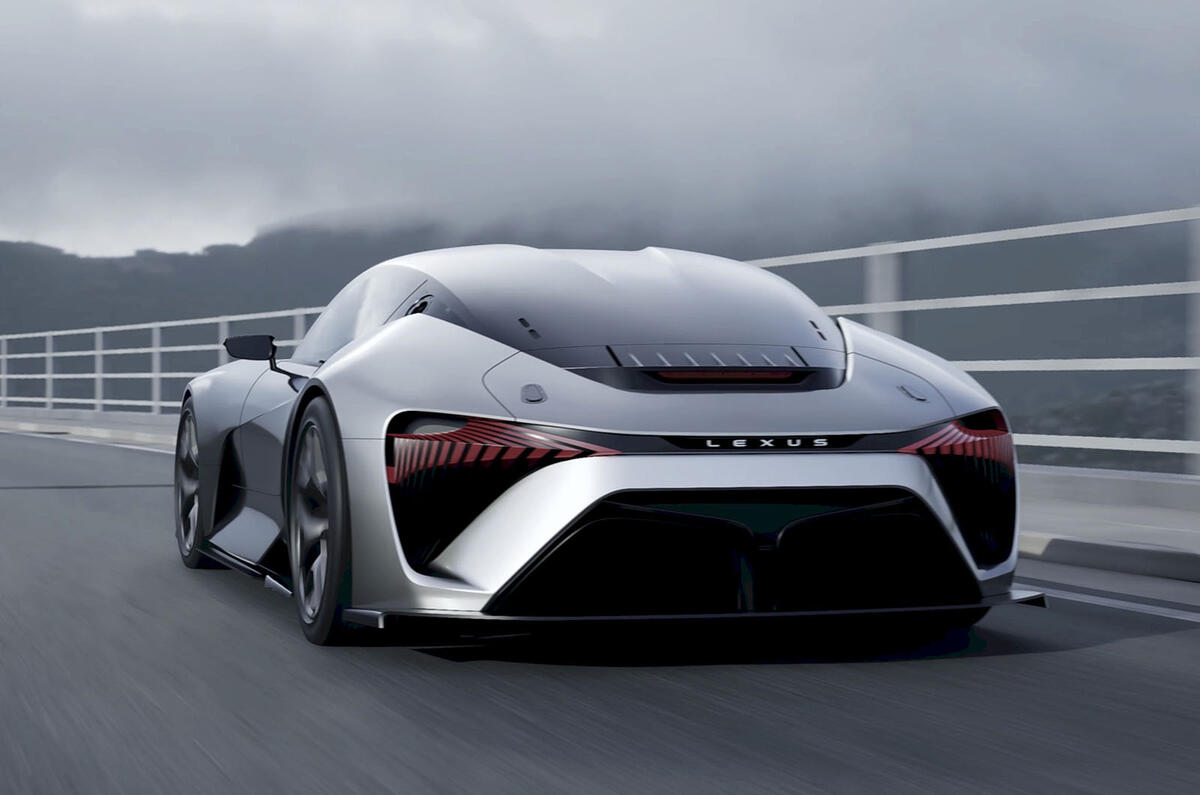
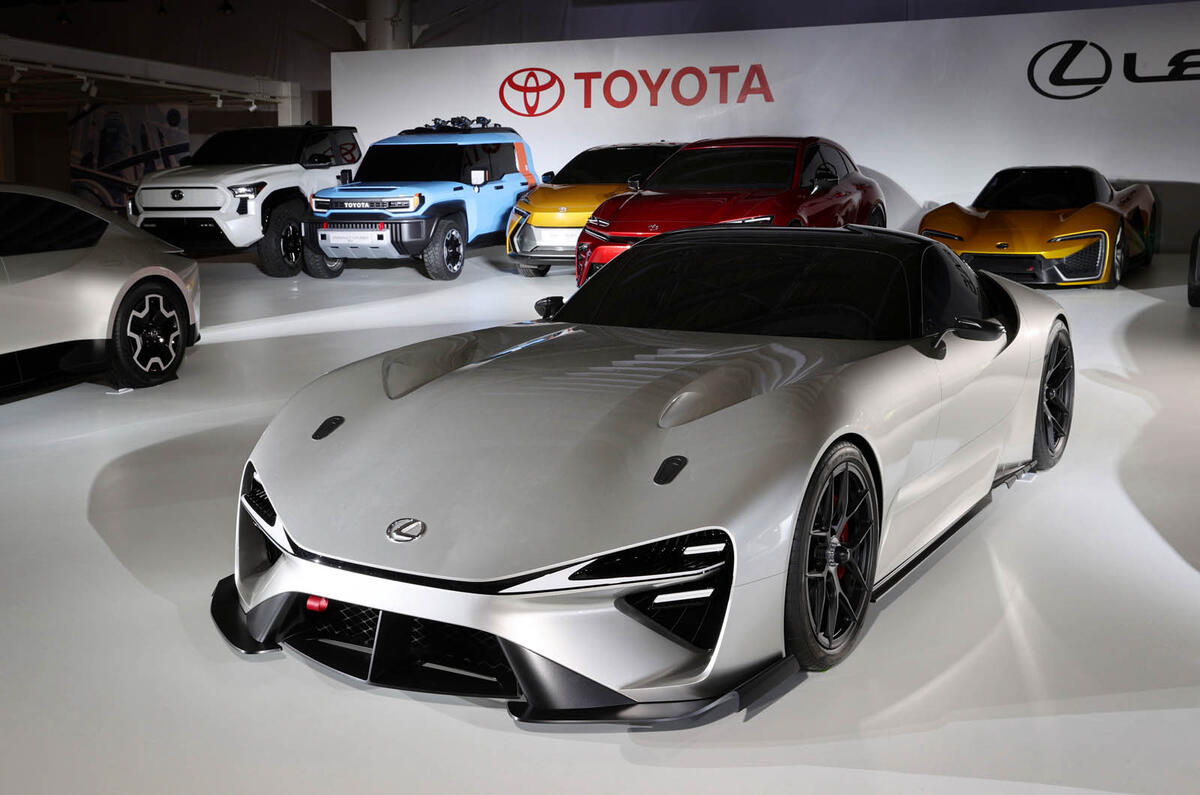
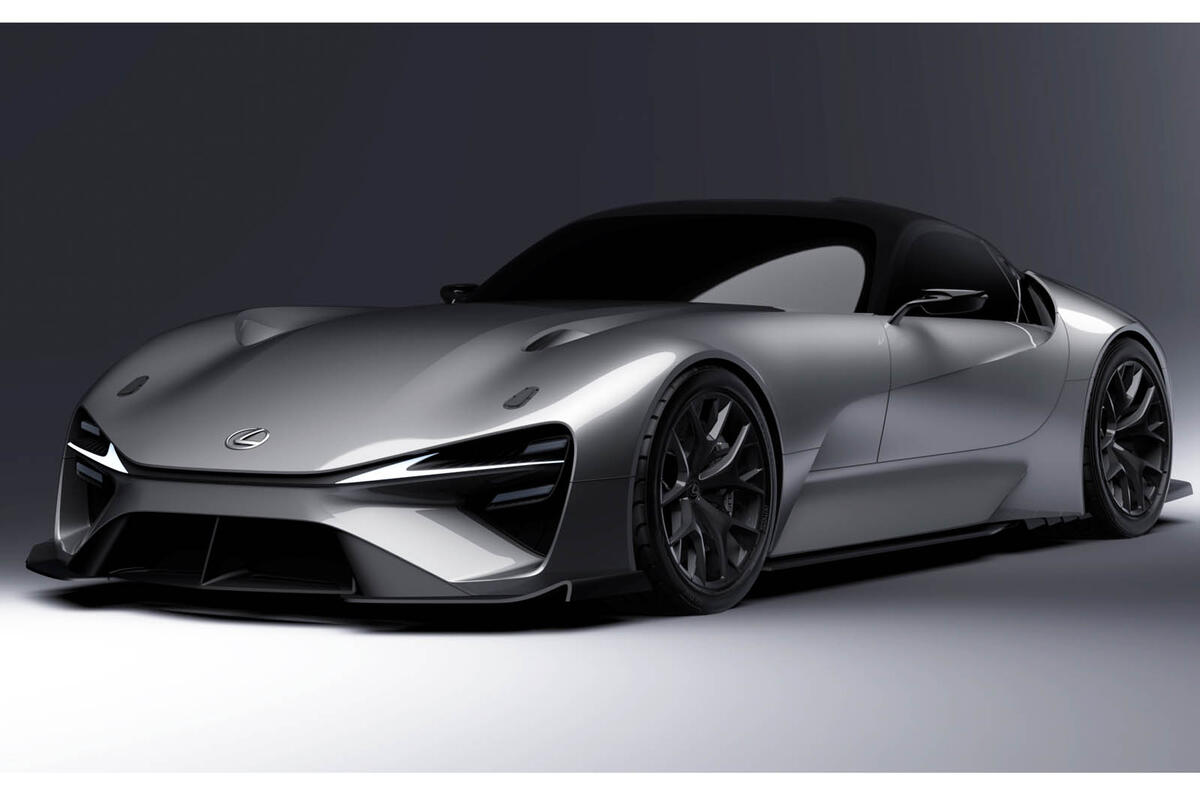
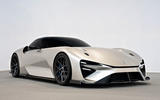
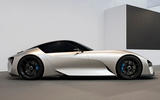


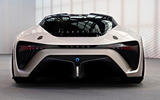
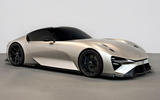
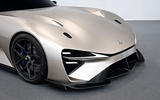
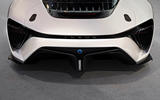
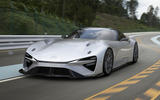
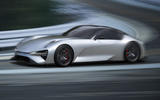


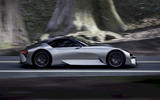
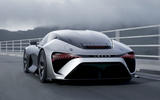

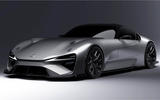






Join the debate
Add your comment
Reading back on that review of the original LFA, the author complained that the engine had to be kept between 6000 and 9500 rpm to keep up the performance.
That was written as a criticism!
HASHTAG#1
Silly though the idea of a synthetic manual gearbox in an EV is in many ways, I think there's a real future for ICE emulators. There isn't much you can't replicate digitally to a quite convincing level, and I can envisage all sorts of ICE "experiences" being possible. Just need to find a non-carcinogenic means of replicating the smell.